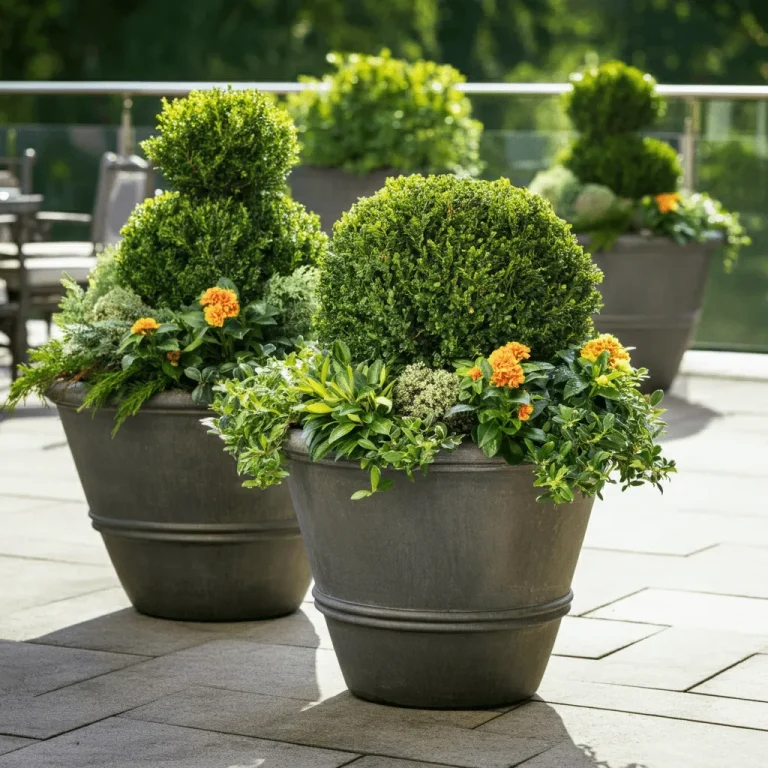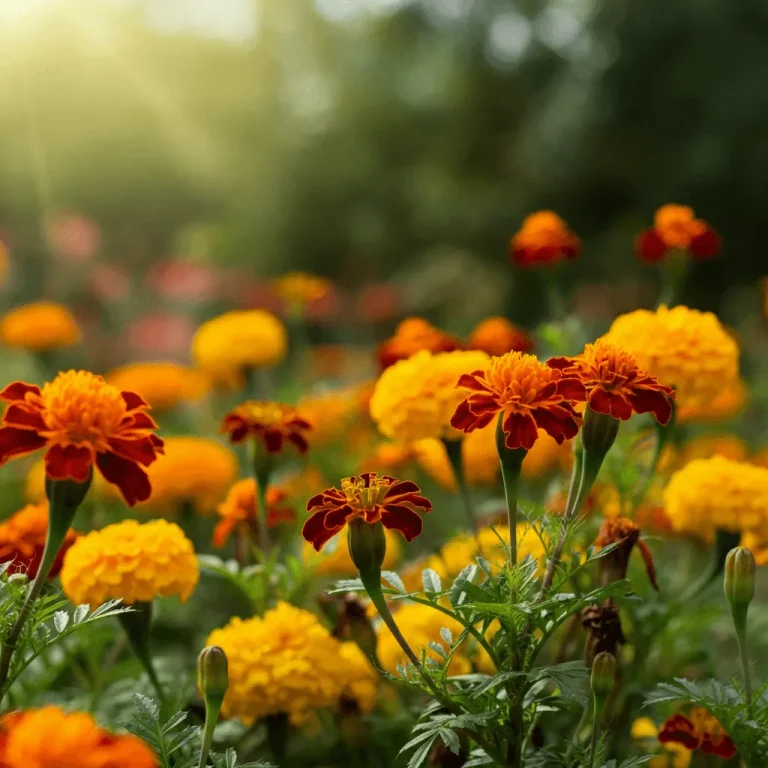20 Uncommon (But Beautiful) Flowers for Drying & Arrangements
Have you ever heard the old saying, “Every flower blooms in its own time”? Well, some flowers just keep blooming — long after they’ve been cut! Drying flowers is like giving them a second life, and these uncommon beauties don’t just stand out; they make your floral arrangements pop with character and charm. (Bonus tip: No one will guess you’ve mastered the art of floral drying unless you tell them!)
If you’re tired of the same old roses and daisies, stick around. We’re about to unveil 20 under-the-radar floral gems that look stunning even after they’ve been preserved. Whether for home décor, gifts, or crafting, these flowers bring texture, color, and personality to every arrangement.
Why Choose Flowers for Drying?
When it comes to dried flower arrangements, there’s a lot to love. Not only do dried blooms last much longer than fresh ones, but they also add a touch of timeless beauty to any space. Plus, some flowers actually look better with age! For example, the smoky tones and papery textures of dried blooms can evoke nostalgia and sophistication.
That said, not all flowers make good candidates for drying. Freshness matters when you’re starting out, and the drying technique you use can either elevate or ruin the flower’s appearance. Choosing uncommon flowers means your creations will always be fresh (figuratively speaking) and unique.
1. Strawflower (Helichrysum bracteatum)
With its stiff, paper-like petals, strawflower practically lends itself to drying. It’s available in a rainbow of colors, from bright yellow to deep burgundy, making it an excellent choice for autumn-themed arrangements. Fun fact? It doesn’t even look dried — it maintains its vibrant hues post-harvest.

How to Use It:
- Add to seasonal wreaths.
- Mix with dried grasses in boho-inspired bouquets.
2. Globe Amaranth (Gomphrena globosa)
Globe amaranth is a little ball of joy. Its clover-shaped blooms come in pinks, purples, whites, and reds, and they retain much of their color after drying. This flower works well in smaller arrangements or as filler for larger centerpieces.

Real-Life Example:
Use globe amaranth to offset larger, showier blooms like sunflowers in farmhouse-inspired arrangements.
3. Baby’s Breath (Gypsophila)
Sure, baby’s breath is commonly seen in fresh arrangements, but it’s also an outstanding choice for drying. It adds a delicate, airy touch to bouquets and takes on a refined cream or muted white shade when dried.

Expert Tip:
Pair dried baby’s breath with eucalyptus for a minimalist Nordic aesthetic that’s trending in home décor.
4. Larkspur (Delphinium ajacis)
Larkspur adds height and drama to any dried arrangement. Its spikes of clustered blooms dry wonderfully, maintaining their structure and soft pastel shades.
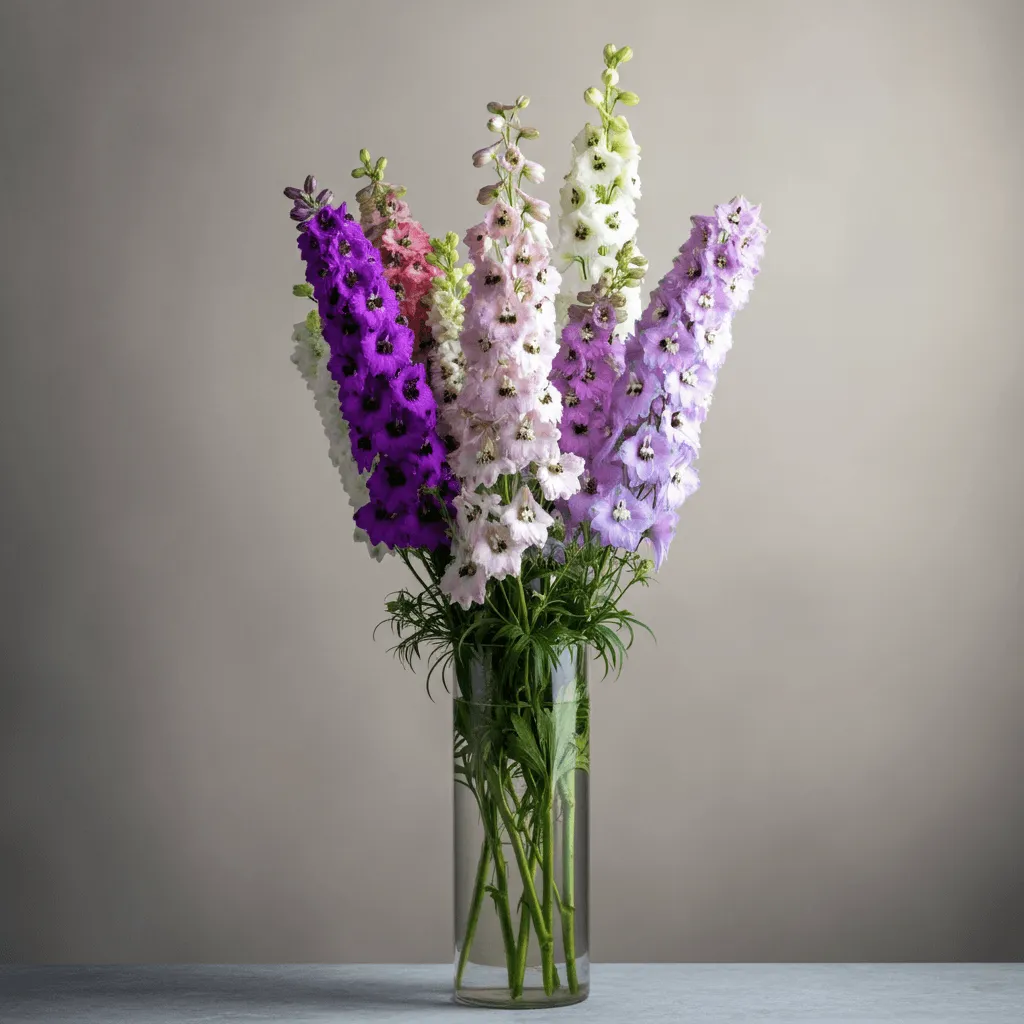
Real-Life Application:
Display dried larkspur in tall vases to create vertical interest for weddings or elegant dining rooms.
5. Statice (Limonium sinuatum)
Known for its papery flowers and feathery texture, statice offers breezy vibes and loads of personality to preserved arrangements. It boasts hues like lavender, yellow, and magenta.

Case Study:
A florist in Portland, OR saw her dried statice centerpieces for local events consistently outsell traditional arrangements. The reason? Their unconventional appearance stood out as unique.
6. Celosia (Celosia argentea)
Looking for bold textures and vibrant colors? Celosia delivers. With blooms that resemble flames or coral, it dries into striking shapes, holding its orange, pink, or crimson tones.

Ideal Arrangements:
- Tropical-style bouquets for that vacation vibe all year long.
- Contemporary office décor for a pop of energy.
7. Nigella (Nigella damascena)
Also called “love-in-a-mist,” nigella is perfect for drying because it forms pod-like seed heads that look like miniature sculptures.
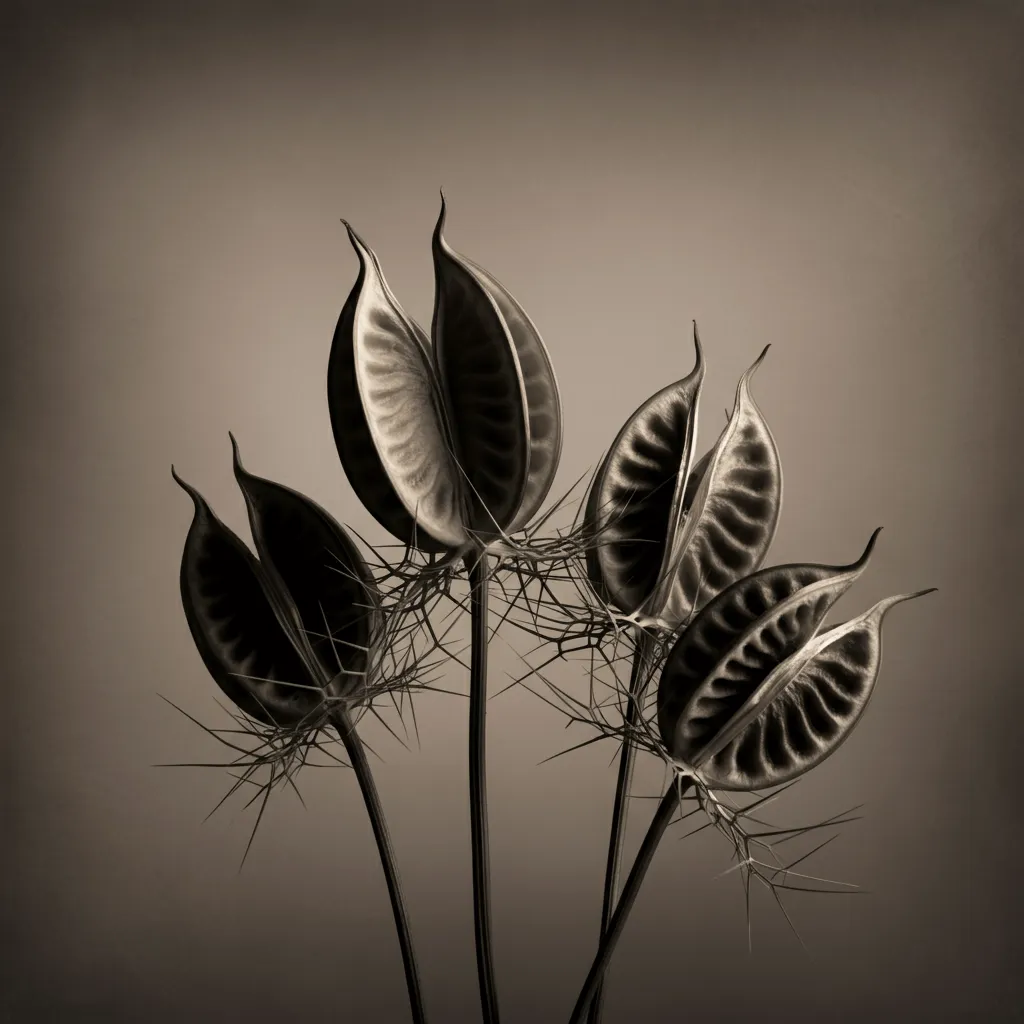
DIY Idea:
Spray paint dried nigella pods metallic gold or silver for easy holiday ornament alternatives.
8. Poppy Pods (Papaver spp.)
Speaking of pods, poppy seed heads are another quirky choice. Their geometric shape adds a modern edge to dried arrangements.

Popular Use:
Poppy pods are often used in rustic arrangements, lending the perfect blend of nature and minimalism.
9. Lavender (Lavandula)
Who could forget lavender? It smells amazing even after drying and retains its soft purple shade. Its calming properties are an added bonus.

Pro Tip:
Use dried lavender for both beauty and function — incorporate it into sachets or potpourri for added usability.
10. Chinese Lantern (Physalis alkekengi)
Its bright, orange “lanterns” are actually papery seed pods that look stunning in autumn arrangements. They dry naturally and hold their unique shape for ages.

Seasonal Inspiration:
Pair with preserved wheat stalks for an October centerpiece.
11. Statice Caspia
More understated than its cousin Limonium Statice, this variety provides a softer and somewhat ethereal quality in both muted mauves and grays.

Fun Fact:
Caspia’s muted tones make it a popular filler in high-end floral design.
12. Eucalyptus
While technically not a flower, eucalyptus is a go-to for dried arrangements. It retains its form and light green shade beautifully, and sometimes even its refreshing scent sticks around.

Perfect Pairings:
Eucalyptus plays well with just about every bloom on this list.
13. Coneflower (Echinacea)
Coneflowers dry into wonderfully wild shapes, with their spiky seed heads adding interest to natural-themed décor.

Growing Tip:
Echinacea is hardy in most gardens, meaning you can skip the florist fees and grow your own.
14. Billy Buttons (Craspedia)
These sunny yellow spheres bring a playful vibe to dried bouquets. They’re super easy to dry and remain cheerful-looking for months.

Did You Know?
Billy buttons are so resilient they’re often reused in arrangements multiple times.
15. Protea
Known for its giant blooms and otherworldly shapes, protea dries well while maintaining its boldness.

Use It:
Frame dried protea heads for wall art with major wow factor.
16. Hydrangea
Hydrangea dries into delicate clusters that work beautifully in wreaths and arrangements.

Quick Tip:
To maintain their subtle hues, hang hydrangea stems upside-down as soon as they’re cut.
17. Feverfew (Tanacetum parthenium)
Feverfew’s small, daisy-like flowers add charm to rustic dried arrangements.
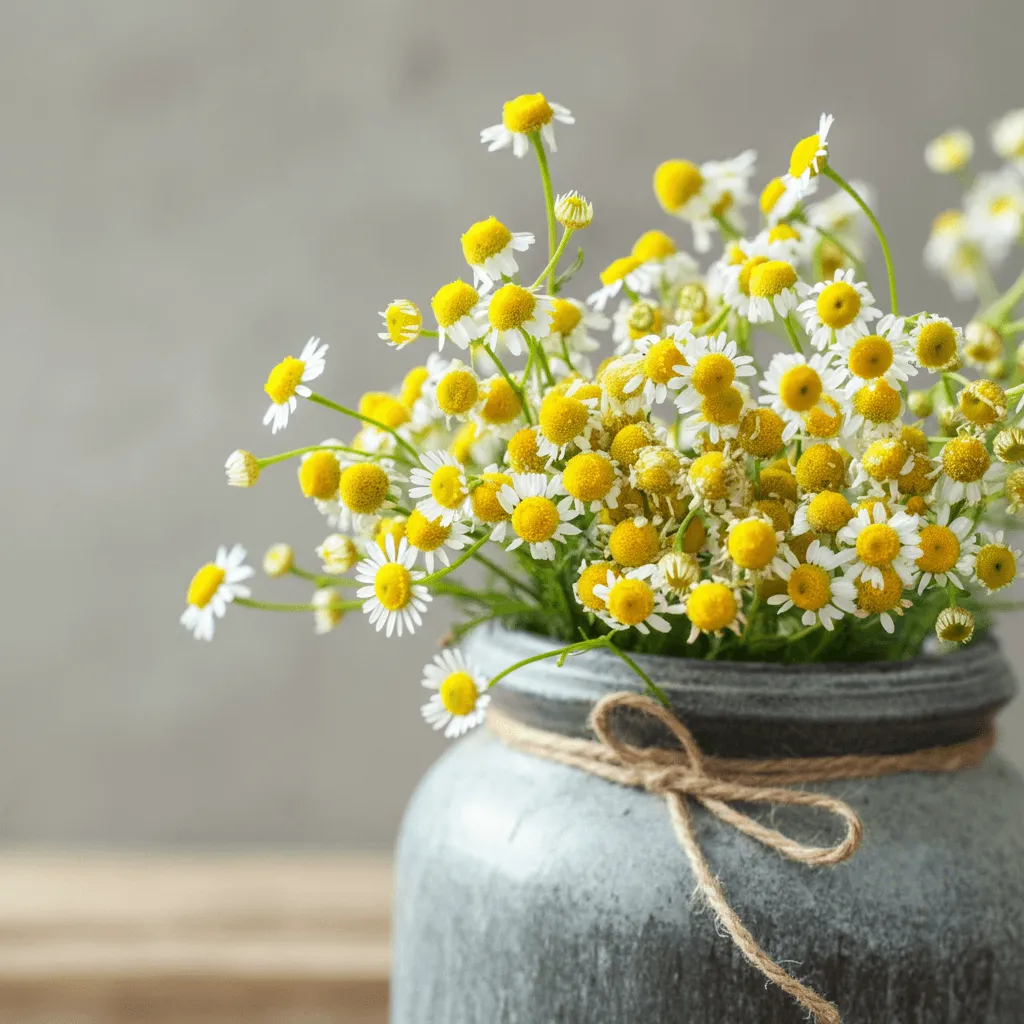
18. Yarrow (Achillea millefolium)
Yarrow is a sturdy choice for dried bouquets, often adding pops of yellow, pink, or white while keeping its feathery texture.

19. Bells of Ireland (Moluccella laevis)
These striking, green bell-shaped blooms create structure in dried arrangements, perfect for modern aesthetics.

20. Coral Vine (Antigonon leptopus)
This lesser-known flower dries beautifully and retains its pink tones, making it a rarity among dried florals.

FAQs
What’s the best method for drying flowers?
The most common techniques include air-drying, pressing, or using silica gel. For bold, structural blooms like protea, silica gel is the best choice.
How long do dried flowers last?
Properly dried flowers can last one to three years, but their colors may fade over time when exposed to sunlight.
How should I store dried flowers?
Keep dried flowers in a cool, dry place, away from direct sunlight and humidity. This will preserve their structure and color.
Drying flowers opens up a whole new world of creativity, offering countless ways to enjoy their beauty long after they’ve bloomed. Why settle for ordinary when the uncommon blooms on this list could make your arrangements unforgettable?


